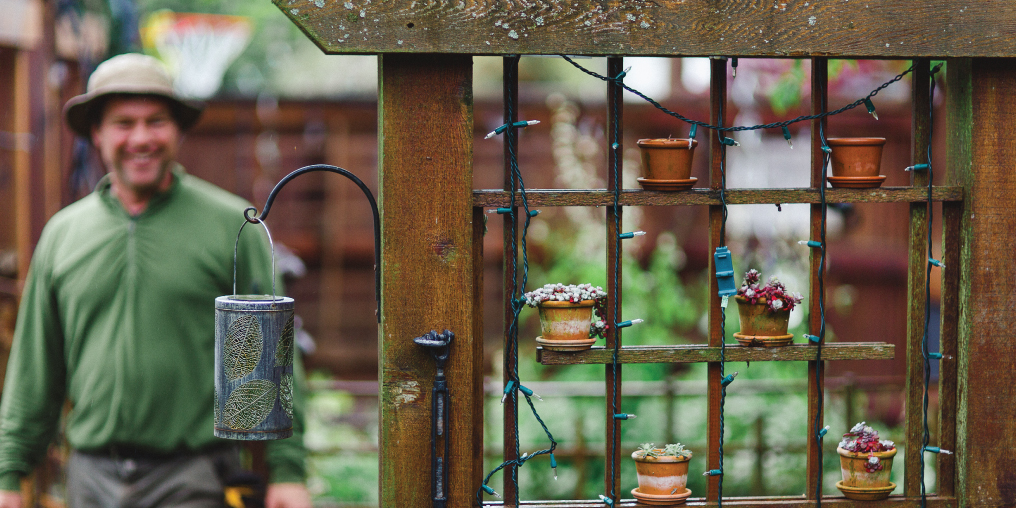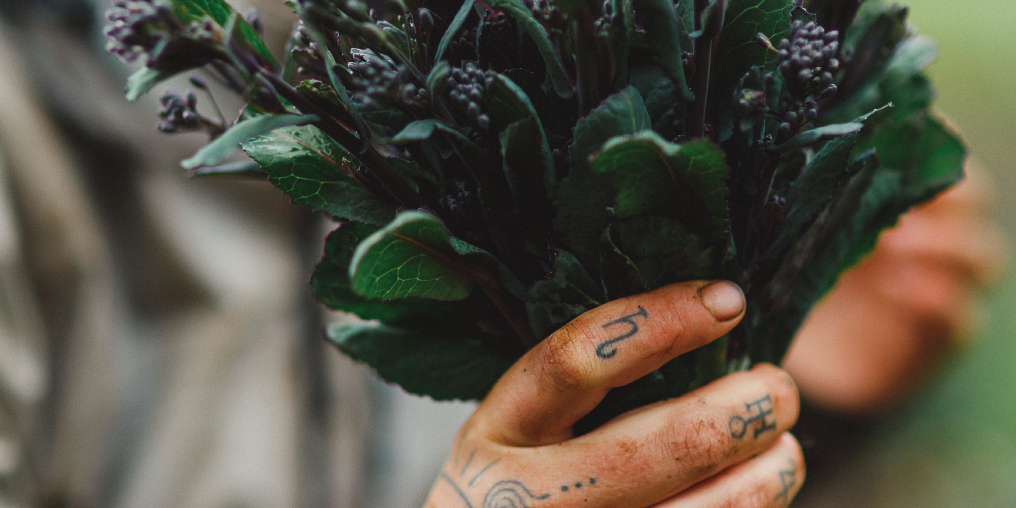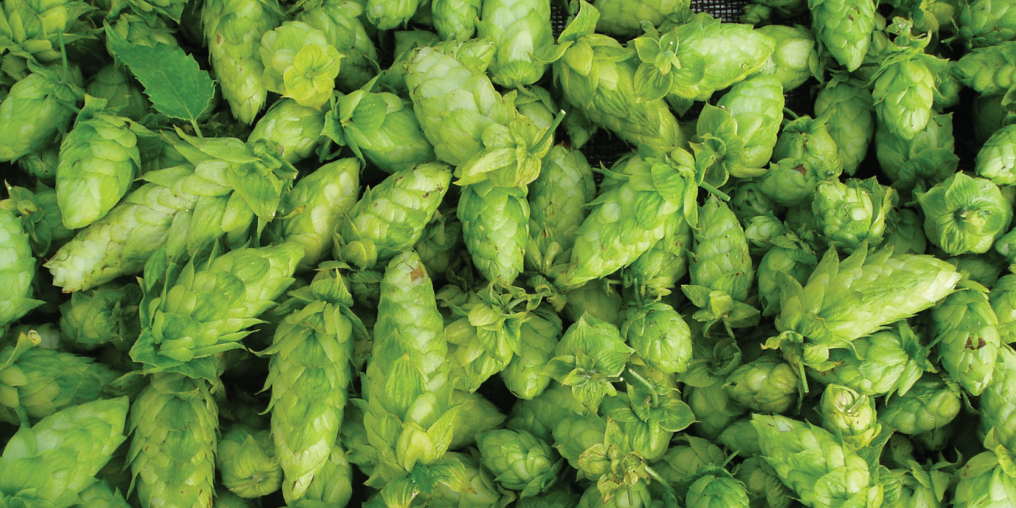The reality of our food system
It’s a lovely image, but the reality is that most of the food we eat in the Comox Valley travels thousands of kilometres to reach our plates, arriving through ports in Victoria or Nanaimo then travelling by truck along Highway 19 to our community.
Additionally, much of the beef, dairy, seafood, and even some veggies produced and harvested in the Comox Valley and North Island are trucked out of our community to be stored, processed, and sold on the Lower Mainland and beyond.
When supply chains fail
So what happens when Highway 19 is washed out, or a ferry port is damaged?
Understanding where the food we eat comes from, where the food we produce goes, how much food our community can store, and the weaknesses in our supply chain is a key first step to strengthening our local food system and supporting emergency planning, particularly in the Comox Valley.

Learning from recent emergencies
As a rural and remote island region, northern Vancouver Island is beginning to deeply understand the importance and nuance of the relationship between food systems and emergency planning.
In 2023, Highway 4 was closed for two weeks due to a wildfire in the Cameron Lake Bluffs between Whiskey Creek and Port Alberni, causing major delays and disruptions of groceries and other essential supplies.
A report on the disaster recently published by the Alberni-Clayoquot Chamber of Commerce highlights that “exports from industrial, agricultural and fishing enterprises were specifically impacted,” and that the “short-term inability to ship resources or products, especially in agriculture and marine retail, to market, [resulted] in lost sales.”
The pandemic’s wake-up call
When the COVID-19 pandemic hit in 2020, global supply chains were disrupted, and in the Comox Valley, empty shelves in grocery stores revealed our region’s particular vulnerability. Local farmers experienced uncertainty, with rapidly changing demand patterns, prices, and access to seeds, animal feed, and fertilizer.
These emergencies have shown us that, while our just-in-time approach to our food system is highly efficient, it results in a local food system that suffers when disruptions occur.
Taking action on food security
During the pandemic, the Comox Valley Food Policy Council (CVFPC) began watching the food supply chain more closely, and advocated to the Comox Valley Regional District (CVRD) for investment in understanding food flows and food assets to inform emergency management.
Since then, the new CVRD Agriculture Area Plan has recognized the need for further food and agriculture emergency planning in the Comox Valley, specifically noting the need to map data on regional agriculture assets and infrastructure.

Researching our food flows
Collecting this local data, however, is no piece of cake. In 2024, LUSH Valley and the CVRD received a grant through the Investment Agriculture Foundation of BC to research food flows, single points of failure, and food storage assets in northern Vancouver Island, including the Comox Valley and Strathcona and Mount Waddington regional districts.
LUSH collaborated with other researchers and emergency planners in the region to understand what data already exists on provincial food flows, including information from Kwantlen Polytechnic University’s (KPU) Institute for Sustainable Food Systems.
To gather localized, nuanced data, LUSH interviewed folks with first-hand knowledge: farmers, emergency planners, First Nations, Island Health, food businesses, and community food organizations.
Halfway through the project, the threat of a trade war renewed commitments from Canadians to buy locally, highlighting the value of this work towards more robust food systems.
What the research reveals
Early insights from the project show that there is an urgency to merge food systems with emergency management. The research has identified single points of failure in the region’s infrastructure, the most obvious being that food is delivered by ferries every day, then trucked along Highway 19 (the only access route to northern communities).
Relational points of failure have also been identified, with important individuals in emergency management having no backup staffing plan, or being unable to collaborate due to regional boundaries. Data gaps around food storage facilities persist even within the provincial government, as proprietary data from businesses is hard to access.
A shared vision for resilience
One encouraging piece of information to emerge is that people across all sectors support a broader vision of local resiliency, economic diversification, and sovereignty. The willingness to collaborate is there.
Looking ahead
The research project is scheduled to wrap up at the end of 2025. LUSH Valley’s report will provide a visual overview of the Comox Valley’s food flows, vulnerabilities, and storage assets, with the aim to make the data as useful as possible for anyone involved in the food system or emergency management.
A set of recommendations will be made introducing ways municipalities can begin to fold food-systems work into emergency response planning.
It turns out that the Comox Valley’s food system is much more complicated than a beet going from farm to table. There are many ingredients involved, but once we know the recipe, we can mix them all together and make a much better cake—with local ingredients.





